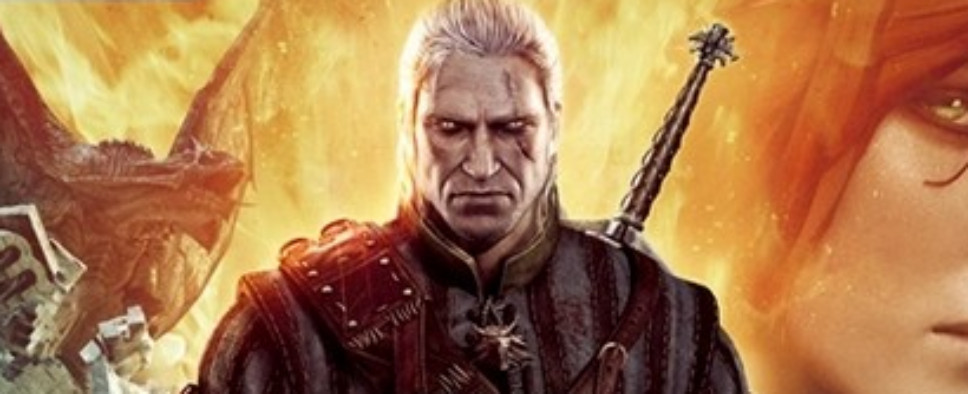The Witcher Trilogy Behind the Scenes
-
Category: News ArchiveHits: 3752

The Witcher is without a doubt one of the most well-known and beloved RPG franchises of the recent years, and as such there's no shortage of coverage for it. A new Gamepressure feature, for example, documents the turbulent development of the entire trilogy with all the revisions and compromises that had to be made in order to transform The Witcher from a humble Aurora engine game into one of the most expansive RPGs ever.
Why was there no Yennefer in the first two games? Why can't you import your decisions from the original game to the third? What's the canonical resolution of the Blood Baron questline, according to the developers? The article is filled with neat little tidbits of The Witcher-related knowledge. Here's an excerpt:
Before we get to The Witcher 2 itself, we have to mention one, outstandingly important character, who was supposed to make an appearance in the series at the very beginning, but whose debut was postponed to the very last entry in the trilogy – Yennefer of Vengenberg. Contrary to what many people might assume, CD Projekt RED didn’t exclude her just to make room for Triss as “Geralt’s girl”. There were two reasons for not letting Yen into the party back in 2007. Firstly, the devs didn’t want to clutter the story with plot threads that would be understandable only for people familiar with the books. The studio recognized that Sapkowski’s universe was quite complex itself, and that engaging the players in the convoluted and contradictory relationship between the witcher and the sorceress could have made the whole story quite incomprehensible. The other reason is much more trivial: there were not enough resources to develop a 3D model, or pretty much anything else, for Yennefer.
But what about the sequel? Why was there no Yen (preferably together with Ciri) in The Witcher 2? The answer for this is underpinned by the broader context of the development of Assassins of Kings. According to Artur Ganszyniec, the second part was being developed in great perils from the very onset. Subsequent ideas were discarded and thrown out of the window. Not to mention the idea of replacing the, shall we say “emeritus”, Aurora engine, with a proprietary one, now referred to as REDengine.
The new technology was as powerful as it was problematic. Harnessing it required increased effort from the whole team, and the story got sidetracked in consequence. In Ganszyniec’ opinion, the plot started heading in the wrong direction. Ultimately, after taming the capricious REDengine, the developers ended up with a game that told a very political story. So much in fact, that there was little room left for Geralt’s personal threads – namely for introducing his daughter and lover figures. Not only that – there was hardly enough time to wrap the story up as it was; probably everyone who finished the game shortly after the release was surprised with how insubstantial the third act was. Let’s also remember that the game was being developed during the Great Recession, which considerably hampered the realization of more ambitious and creative ideas.

